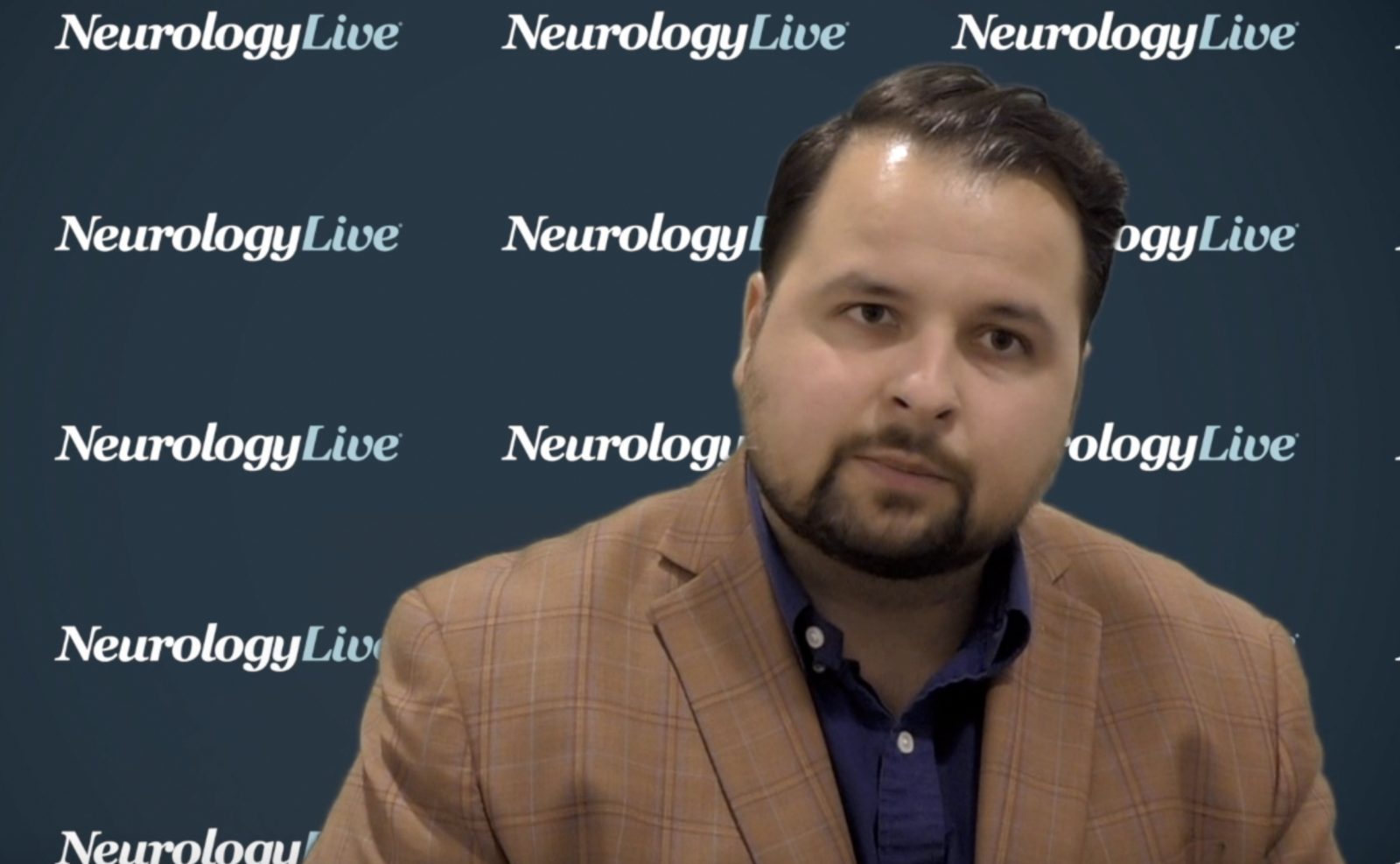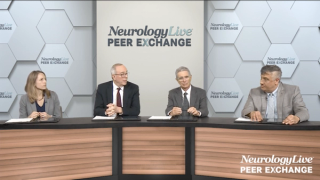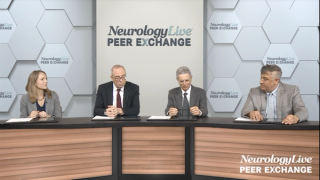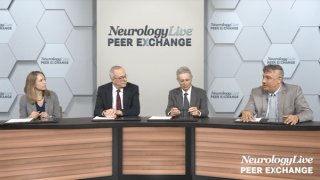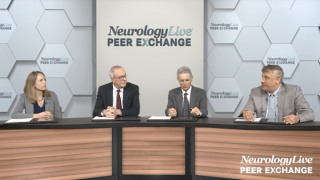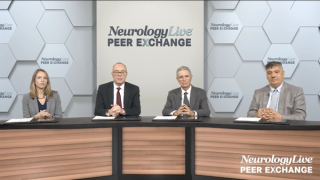
Epilepsy
Latest News

Latest Videos

CME Content
More News

A newborn presents with new onset episodes of lateral gaze deviation with extremity stiffening.

Following the receipt of a refusal to file letter from the FDA, Zogenix has resubmitted its application for fenfluramine hydrochloride (Fintepla), seeking approval for the treatment of seizures associated with Dravet syndrome.
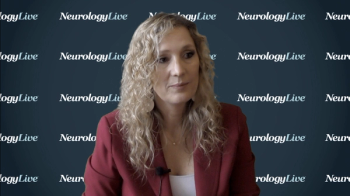
The professor of medicine, neurology, at the University of Toronto shared insight into the importance of communication and a good network of physicians to an adult neurologist caring for patients with epilepsy.

The professor of medicine, neurology, at the University of Toronto discussed the best ways for adult neurologists to ensure a smooth transition of care for patients with epilepsy entering their care.

The professor of medicine, neurology, at the University of Toronto discussed the best ways for pediatric neurologists to ensure a smooth transition of care for patients with epilepsy who are leaving the pediatric system.

The 1st Annual Congress on the Future of Neurology will take place September 27-28, 2019 at the InterContinental New York Times Square in New York City.

The director of the adult epilepsy center at Washington University in St. Louis discussed the takeaways for clinicians regarding the use of intranasal diazepam as a treatment for runs of seizures in patients with refractory epilepsy.

Rodney Allan Radtke, MD, professor of neurology at Duke University School of Medicine in Durham, North Carolina, discussed some of the new therapeutic options available to help improve tolerance and adherence challenges that clinicians commonly face in epilepsy practice.

The professor of medicine, neurology, at the University of Toronto discussed the need for physicians to work together while transitioning patients with epilepsy—who may have any number of comorbidities—from pediatric care to adult care.

The director of the adult epilepsy center at Washington University in St. Louis spoke about the use of diazepam nasal spray in patients with epilepsy ­and detailed the advantages it offers these patients and their physicians.

The professor of medicine, neurology, at the University of Toronto spoke to the hurdles faced by both pediatric and adult neurologists when transitioning a patient with epilepsy from childhood care to adult care.
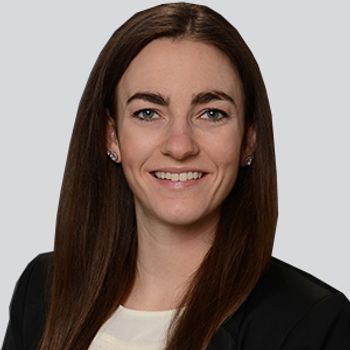
A boy diagnosed with glycine encephalopathy in the newborn period was initiated on the ketogenic diet at 11 years-old for the treatment of medication refractory epilepsy.
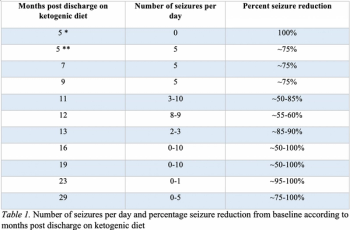
A boy diagnosed with glycine encephalopathy in the newborn period was initiated on the ketogenic diet at 11 years-old for the treatment of medication refractory epilepsy.

Targeting research in cognitive impairment in epilepsy primarily on seizures themselves suggests that a patient’s comorbid problems will resolve with seizure control, though that is not always the case.

The director of comprehensive epilepsy center and professor of neurology at Thomas Jefferson University spoke to the evolution of epilepsy interventions over the last decade and its effect on the level of care for patients.

Rodney Allan Radtke, MD, professor of neurology at Duke University School of Medicine in Durham, North Carolina, discussed some of the new therapeutic options available to help improve tolerance and adherence challenges that clinicians commonly face in epilepsy practice.

The professor of neurology at the Icahn School of Medicine at Mount Sinai discussed what still needs to be done to clarify medical marijuana’s position in medicine.

A 23-year-old male college student presents with first generalized tonic-clonic seizure followed by episodes of violent psychosis.

The associate chief of the MS division and professor of neurology at the University of Pennsylvania described the relationship between artificial intelligence and medicine, and how he sees it evolving in the future.

Neurology News Network for the week ending August 17, 2019.
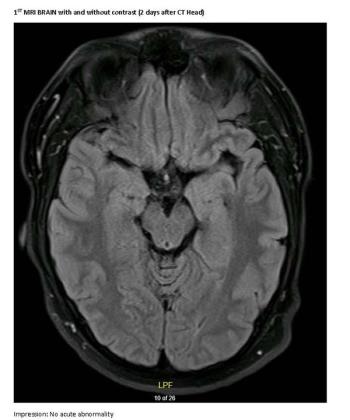
A generally healthy, young adult male presents with first generalized tonic-clonic seizure followed by episodes of violent psychosis.
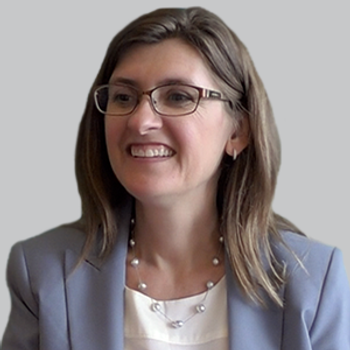
The pediatric neurologist and epilepsy specialist at Children’s Hospital Colorado spoke about patient interest in cannabidiol after the FDA approval of Epidiolex, and what remains to be done to perfect its use in epilepsy.

The product includes cannabidiol that is encased in a gelatin bead inside a gastro-resistant capsule to help promote optimal absorption and reduce adverse events associated with other oral CBD formulations.

The new drug application for Libervant is expected to be completed in the fourth quarter of 2019, which if approved, would offer a potentially first in class oral treatment for breakthrough or cluster seizures.

Neurology News Network for the week ending August 10, 2019.

